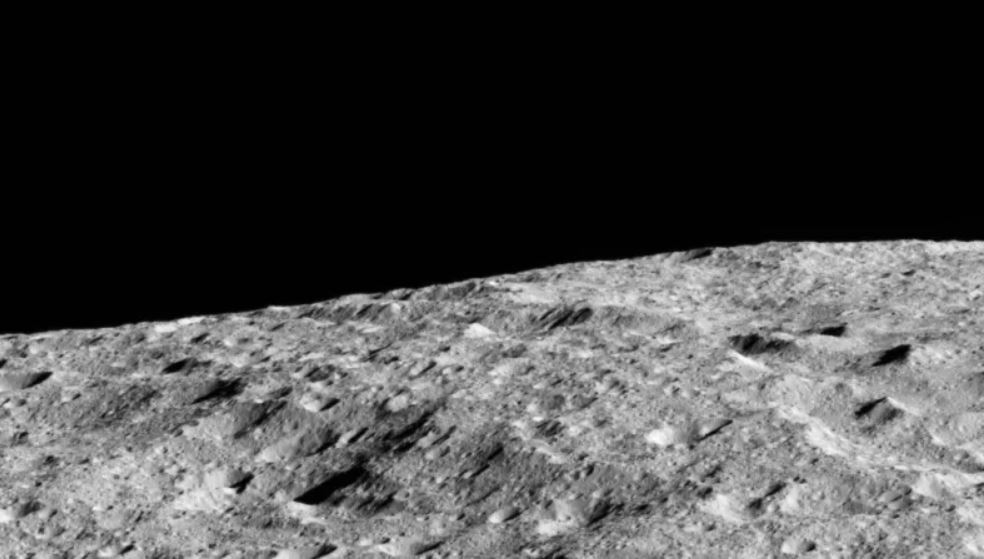We usually associate volcanoes with extreme heat. But new results demonstrate that the Solar System’s largest asteroid, Ceres, is covered in volcanoes that have spewed ice throughout their history.

Scientists analyzed images of Ceres, a rock 588 miles wide (Montana is 630 miles wide) and the largest asteroid in the asteroid belt, taken by NASA’s Dawn spacecraft. They found that Ceres is covered in ice volcanoes, and estimated that a new one probably appeared every 50 million years in the rock’s history.
Ceres is the only plausibly cryovolcanic world to be orbited by a spacecraft up to now. Cryovolcanoes are planetary features that spit out ice (or icy material) from the depths of a celestial body. JUST REPLACE LAVA (Earth) WITH ICE (other celestial bodies).
The researchers behind the new study looked through images taken by Dawn’s Framing Camera and searched for dome-shaped features larger than 10 kilometers (6.2 miles) in diameter, a signature of cryovolcanic activity. They have found 22 so far and the search continues. Their computer modeling demonstrates that these domes were around 50 percent ice by volume.
Based on the ice content and size of these domes, the researchers were able to reveal the domes were hundreds of millions of years old, and that a new dome forms on Ceres every 50 million years, on average. They also estimated that the asteroid spits out around 10 thousand cubic meters per year of ice.
Perhaps hiding among the Dawn’s Framing Camera’s data are even more secrets about the ice volcanoes of this giant asteroid that could help us understand ice volcanoes on other celestial bodies in the outer Solar System, like Europa, Titan, and even Pluto…
Follow us: Facebook and Twitter
Nature – Cryovolcanic rates on Ceres revealed by topography
Gizmodo – Our Solar System’s Largest Asteroid Is Covered in Ice Volcanoes












This asteroid can initiate the life if it smashes in some planet (It has water)